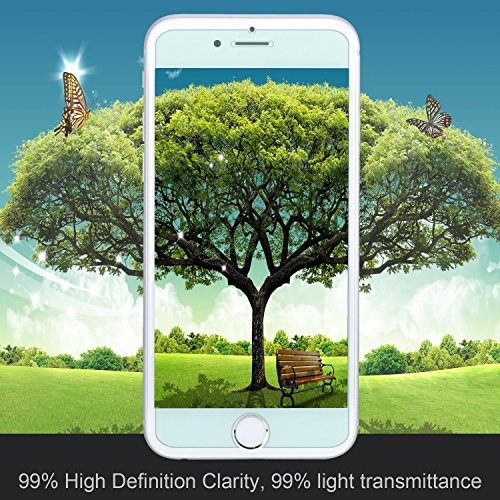

Maybe you want them to call you or vice-versa, so mention your business hours. If you’re trying to arrange a meeting, propose a date and time. This will show customers you know they’re busy and value their time. Keep it short and to the point, without fancy jargon. Depending on the context, you can be quite informal with your customer in these emails. It doesn’t convey anything and sounds like a buzzword you use just because it’s trendy. Here are a few tips to craft better emails that will get you a response: Get rid of jargonĪnd that includes the phrase just touching base! Many people feel it’s overused and cringeworthy.

Touch base emails do not have to be boring and clutter the recipient’s inbox. A brief congratulations on the product launch or sending a relevant podcast/blog post on a topic of mutual interest are great opportunities to touch base. You can reference the event in your email so they know you have a reason to send that email. You need to deliver value and show the customer you’re not here to waste their time.Try to use trigger events to send this kind of email such as a promotion, a new product launch, an industry convention, etc. But don’t just send a vague email about wanting to keep in touch. When to send touch base emailsĪpart from meeting follow-ups and scheduling, you may want to send touch base emails to stay in touch with clients. The customer will probably think they should reply sometime but never will.

It doesn’t even reference a particular event, how do you expect a busy customer to remember when your last meeting was? Besides, you are not asking them to do anything specific like call your business or set up a meeting. It’s clear that the touch base email is a form letter, with nothing specific to discuss. What are the odds you’ll get a reply to the above email? Little to none. Hi (name), just touching base to see if things have changed since our last meeting. The email doesn’t nudge them to take a particular action. However, most touch base emails are too generic and don’t include anything of interest to the recipient. Touch base emails are usually meant as reminders or to prompt further action. These are all circumstances where you want to reach out to prospective, current, or ex-clients with a quick email. Wanting to follow up after an important meeting.Remind customers of the services you offer.You want to arrange a meeting with project stakeholders including the client.Your client said let’s follow up in a few months without giving a specific date.You pitched a new product or service and are waiting for a reply.So how can you improve your touch base emails and are there any better alternatives? What are ‘touch base’ emails?Ī touching base email comes in handy for a variety of scenarios such as: Why does this happen? If reaching out to contact customers is a good thing, wh y don’t you get any responses to your touch base emails? The intent of a touch base email is great, it’s the execution that gets you no results. It sits in your customer’s inbox, with no hope of getting a reply. But all too often, reaching out happens via a ‘touch base’ email that’s bland and generic. It’s crucial to build long-term relationships with loyal clients. Businesses – especially small businesses – like to keep in touch with customers.


 0 kommentar(er)
0 kommentar(er)
